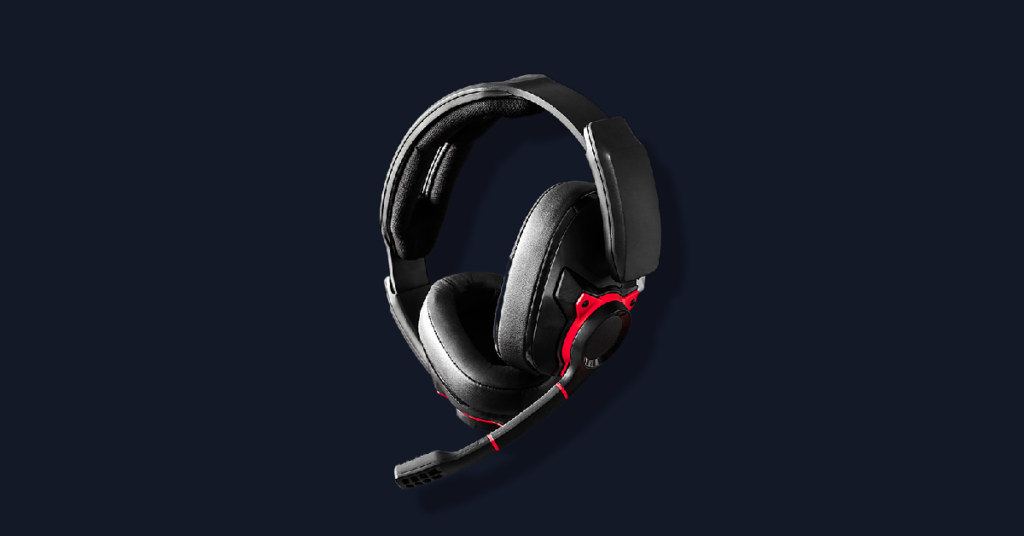
What That Tiny Difference in Lag Means to Your Gaming
Lag—it’s the curse of any gamer with a bad internet connection. Whether you’re trying to take down an opponent, dodge a bullet or just time a turn on a racing track perfectly, it can be a problem. Let’s have a look at what’s really going on—and what you can do about it.
What are lag, latency and ping?
Lag, latency and ping are all terms for talking about how your internet connection affects your gaming, though they mean subtly different things.
Latency is the time it takes for a packet of data to go from your computer to a server and for a response to get sent back. In terms of online gaming, you can think of it as the gap between you pressing a button to do something (like hit another player or hit the breaks to take a turn) and the game responding to you doing it.
Ping is the measure of average latency, normally in milliseconds. It’s often used interchangeably with latency.
Lag is what happens when you have a high ping or bad latency. There’s a noticeable delay between you trying to do something and it actually happening, which makes it hard to play or enjoy a game. In the worst cases, lag can cause you to lose matches you should have won.
Along with these, there are two other terms you should know:
- Jitter is the variation in ping speed. If you have a high jitter, your ping is changing rapidly.
- Packet loss is the percentage of data packets (groups of gaming data between your computer and your game server) that just vanish for any reason en route between your computer and the server. It can also add to your lag.
Why is lag so bad?
Lag in gaming is incredibly annoying as it affects your ability to play online. Let’s look at a hypothetical example.
Say you’re playing “Call of Duty” and you and another player both enter a room and see each other at the same moment. You then both aim and shoot at each other in the exact same instant. What’s happened is you’ve just started a race between your internet connections. Whoever has the lower ping and less lag is going to win the exchange.
Say you have a fast fiber connection and a ping of just 20ms while your opponent has a slower cable connection and a ping of almost 60ms. Your data packet telling the server you pressed the trigger will reach the game server before theirs, so you’ll actually shoot first. By the time their data packet arrives a few milliseconds later, they’re already dead. Even though they pushed the trigger at the exact same time as you, they never got the chance to fire—and all because they had more lag in their connection.
What affects latency?
Latency is about the nature and quality of your connection rather than the overall speed of it. Satellite internet, for example, can have decent bandwidth, but because all your data has to go into space and back, it tends to have a lot of latency.
In general, your latency is affected by things like:
- What kind of connection you have. Fiber normally has less latency than cable, which has less latency than DSL.
- How far you are from the game servers you’re playing.
- How your ISP routes your traffic to the game servers.
- The age and quality of the network.
- Your network hardware.
What is a good ping speed?
When it comes to ping, lower is better, though how low depends on the game.
For first-person shooters and racing games, where reaction time is critical, a ping of less than 50ms is required to be competitive. If it’s any higher, you’re likely to notice lag every so often.
For massively multiplayer online role-playing games (MMORPGs), a ping of less than 150ms is normally playable, though not exactly ideal. Some MMORPGs can be played with a ping as high as 250ms, although we wouldn’t recommend it.
For real-time strategy games and other games where timing isn’t as important, anything less than 150ms will allow you to be competitive, and anything under 200ms is probably enough for casual play.
In all cases, you want a stable low ping. Lots of jitter isn’t good, even if your average ping stays in the optimum range.
How to test your ping
Most online games have tools that allow you to see your current ping while you play. Some even show your jitter and packet loss percentage. These are the best ways to test your ping, as they give you real world results for the games you like to play, rather than approximations. Look through the settings menu for something like “display network options” or “display performance stats,” though the wording may vary. If in doubt, use Google to find a how-to guide for your game.
The other option is to use third-party internet testing tools. Speedtest by Ookla and Fast.com (powered by Netflix) are tools that will show your connection speed and ping.
You can also use a tool like PingPlotter to check how your connection is being routed to the specific servers you game on, though this requires a bit more technical know-how.
How to improve latency
There are three main ways you can improve your latency and lose the lag:
- Improve your home network.
- Make sure your connection isn’t overloaded.
- Upgrade to a fiber connection.
A lot of lag can be introduced by an older router or a bad Wi-Fi connection. Try restarting your router or the other tips in our article on how to get a stronger Wi-Fi signal. Alternatively, connect your computer directly to your router using an Ethernet cable for the lowest possible lag.
If there’s a lot of network activity happening, your connection might be overloaded, which can cause your ping to suffer. On your own computer, close down any applications that might be uploading or downloading large amounts of data in the background. Also, if your bandwidth can’t support it, ask other people in your home to do the same—and to avoid doing internet-intense activities like watching high-quality video.
The final—and best—option is to upgrade to a fast fiber connection. It will provide enough bandwidth to support everyone in your household and also offers the most stable, lowest-latency connection. An FCC study in 2021 found that fiber connections had an average latency of between 8ms and 13ms, compared to cable (12ms to 26ms) and DSL (21ms to 37ms). Similarly, between 0% and 0.6% of fiber subscribers experienced more than 1% packet loss (which would introduce a lot of lag) compared to cable subscribers (up to 5%) and DSL subscribers (4–8%). Seriously, for many online gamers, a fiber connection should be the next upgrade you make.
![]()



